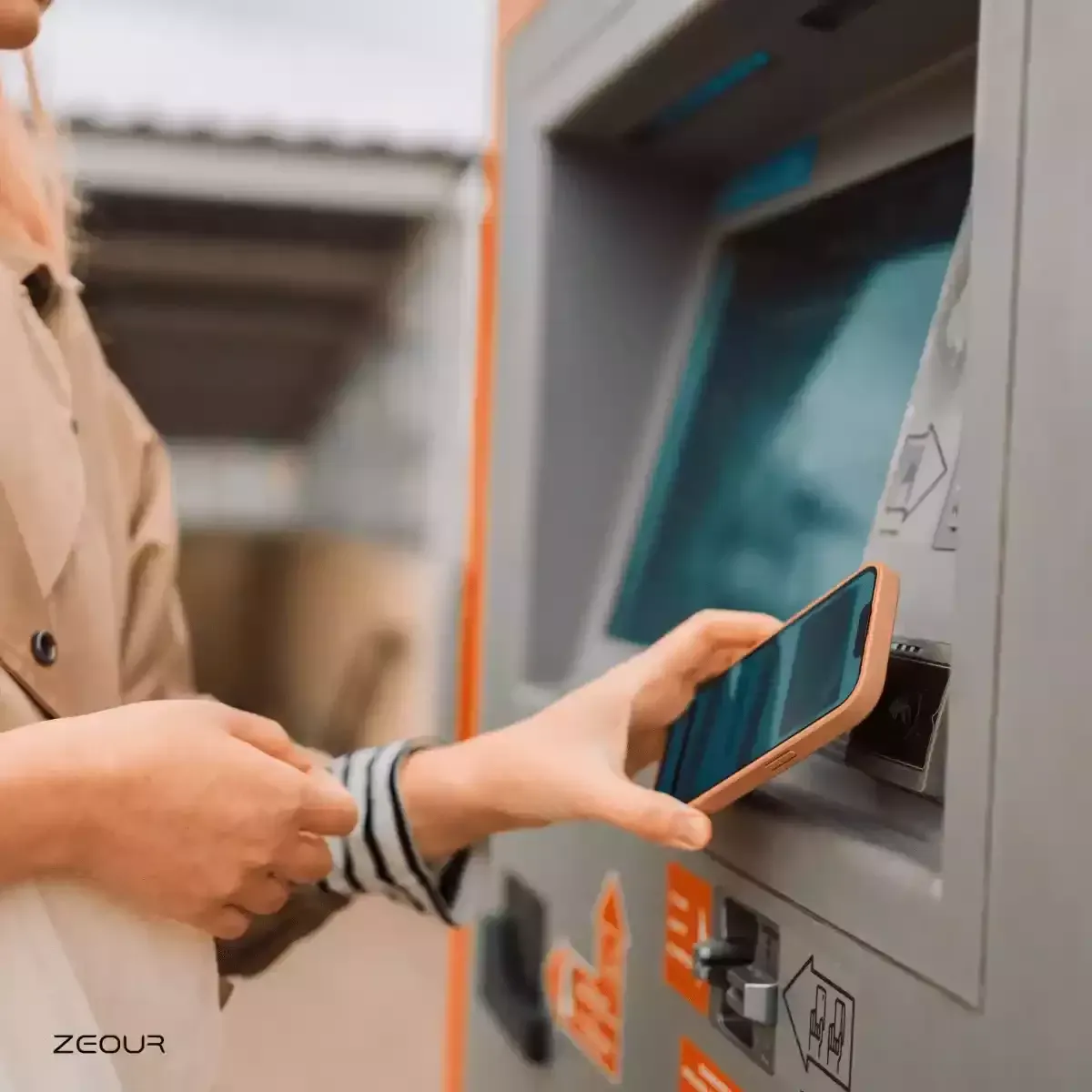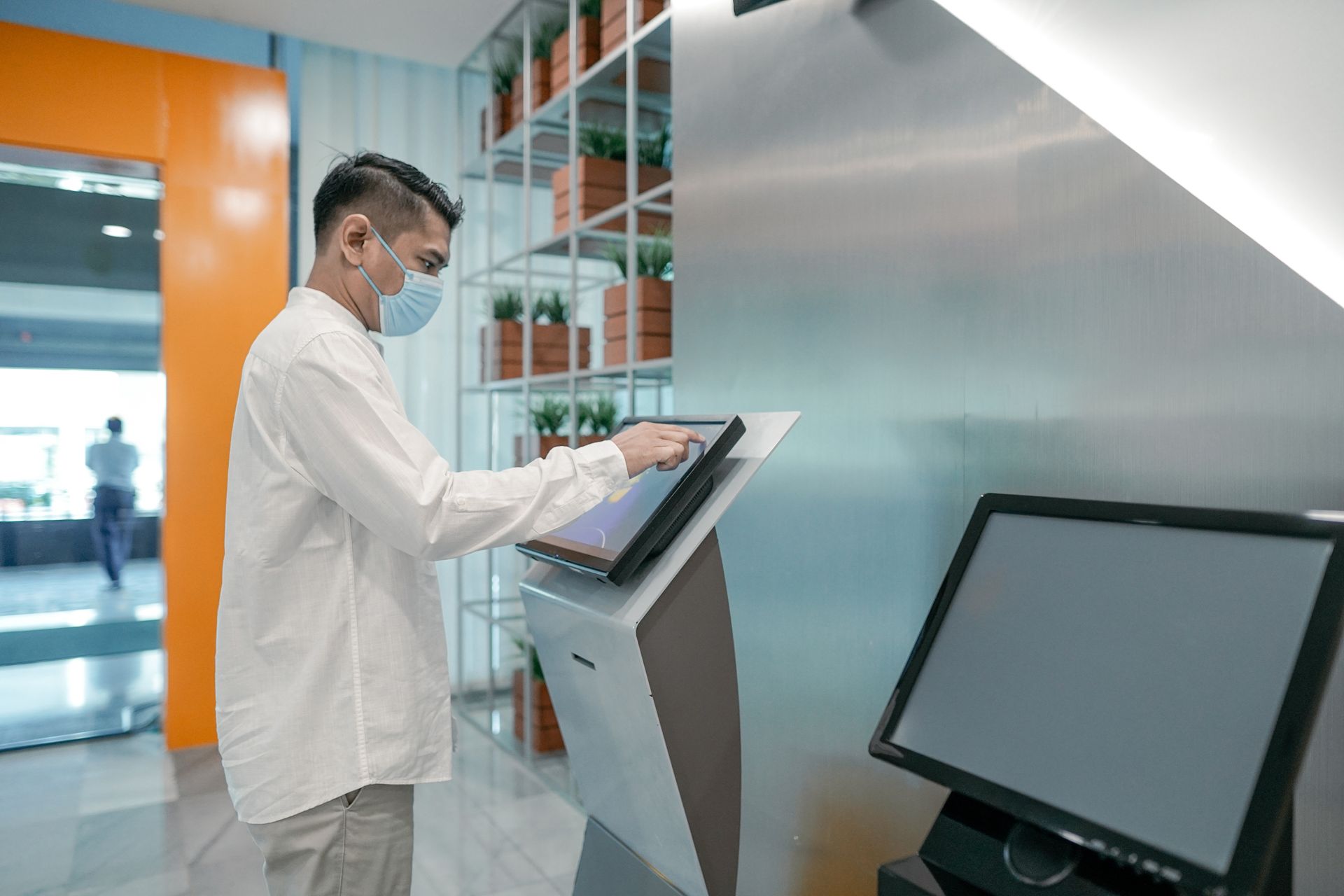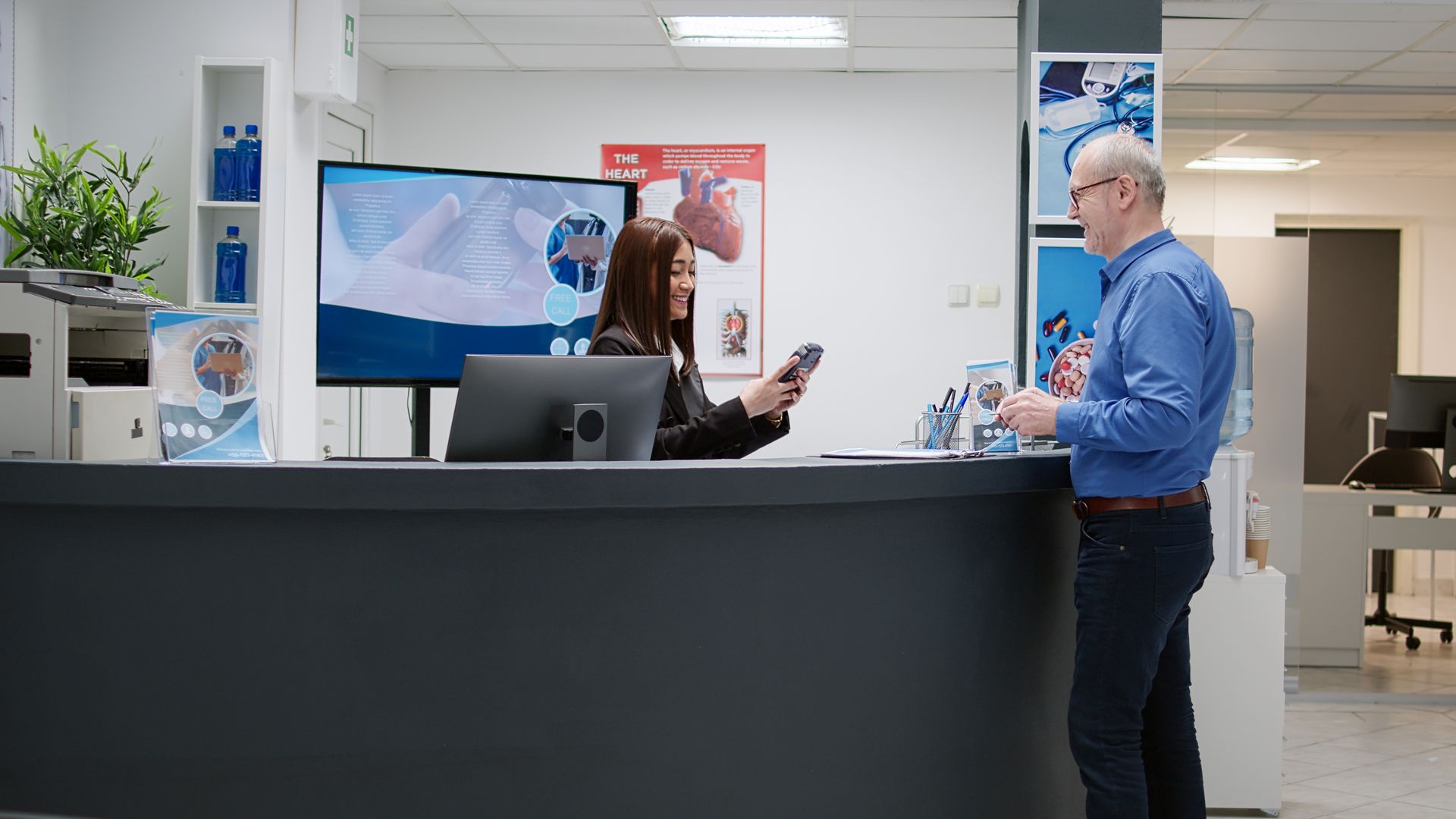Banking Self Service Kiosk
Banking Self Service Kiosk | Overcome Challenges

The banking sector is currently facing a trust crisis, pushing clients away from traditional banking practices. To regain trust, bank management has flagged the issue and is actively working towards rebuilding it. Accenture's survey reveals that two-thirds of clients desire a bank branch in their neighborhood, emphasizing the importance of stability and accessibility. However, establishing physical branches everywhere poses challenges in terms of labor and operational costs. Fortunately, cutting-edge bank self Service kiosk can address these banks challenges. By leveraging these innovative solutions, banks can establish a physical presence without extensive branches, instilling reliability and convenience. In this blog, we explore how self-service kiosks and smart branches overcome proximity challenges while enhancing trust and accessibility for clients.
Self Service banking kiosk and smart branches empower banks to meet clients’ needs where they are.
I think most of us have dealt with self-service kiosk technologies in their ATM form at least once. However, this brick-and-mortar format no longer fulfills clients' needs. Today's clients expect more than just cash withdrawals. Self-service technologies empower banks to meet their clients' needs more effectively than ever before. With a focus on convenience, accessibility, and efficiency, self-service kiosks have become a vital tool in enhancing the overall banking experience.
One of the ways that self-service kiosks support the bank customer experience is by providing unparalleled convenience, allowing clients to avoid long queues and adhere to the bank's working hours. These advanced banking technologies free clients to conduct their transactions at their own pace and schedule. Whether it's opening accounts, paying bills, applying for loans, withdrawing cash, transferring money, or checking balances, these kiosks offer a wide array of services that can be accessed 24/7. This level of convenience not only saves clients valuable time but also enhances their overall banking experience.
Additionally, bank kiosks offer accessibility that goes beyond the limitations of physical branches, which are confined to specific geographical areas. those kiosks can be located in malls, offices, and other public areas. This accessibility allows clients to easily access banking services. Furthermore, self-service kiosks are designed to be user-friendly, providing clear instructions and intuitive interfaces that make banking transactions hassle-free for clients with varying technological backgrounds
Moreover, self-service kiosks offer a high level of efficiency to exceed clients’ expectations. Self-service kiosks are equipped with cutting-edge technology, including biometric authentication and real-time connectivity, to ensure secure and seamless transactions. Clients can ensure that their financial information is protected, fostering trust and confidence in the banking system. Additionally, the integration of artificial intelligence and machine learning allows for personalized experiences, with the kiosks adapting to individual client preferences and providing tailored recommendations. This level of
efficiency not only enhances the customer experience but also allows banks to optimize their operational processes, reducing costs and improving overall efficiency.
The advantage of using banking self Service kiosks:
24/7 Bank availability:
How often have you been forced to take a day off just to visit a bank branch for a 15-minute service that you could handle on your own? And how many times have you felt pressured to make your loan payments on time? Self-service kiosks eliminate the need to visit a physical branch during limited banking hours, enabling clients to carry out transactions at their own convenience.
Cost savings:
self-service kiosks offer cost savings in the long run. With fewer tellers needed for routine transactions, banks can optimize their staffing and redirect resources to other value-added services. Additionally, operational costs associated with physical branches, such as rent, utilities, and maintenance, can be significantly reduced by leveraging self-service kiosks.
Reduction in human errors mistakes:
One of the significant benefits of bank kiosks is reducing the chances of errors or misplaced documents. The digitized nature of bank kiosk transactions promotes accuracy, efficiency, and a seamless customer experience, benefiting both clients and banks alike.
Personalized bank Customer Experience:
Through the integration of artificial intelligence and machine learning, and third parties' software such as CRM, kiosks can analyze client behavior, preferences, and transaction history to offer tailored recommendations and suggestions. This level of personalization enhances the client's sense of being understood and valued by their bank, further strengthening the banking relationship.
Biometric Authentication for security concerns:
biometric authentication is emerging as a key advancement in self-service banking technology. Biometric features such as fingerprint scanning, facial recognition, and voice authentication offer enhanced security and eliminate the need for traditional PINs and passwords. This technology not only provides customers with a more secure banking experience but also streamlines the authentication process, making it faster and more convenient.
Reduce Wait Time:
clients are able complete transactions quickly, saving valuable time. Long queues and wait times are significantly reduced, as clients can independently navigate the kiosk interface and perform their desired transactions efficiently. This time-saving aspect enhances the overall customer experience and allows clients to focus on other important aspects of their lives
Functions can be performed by self Service Kiosks:
banking Self-service kiosks offer a wide range of functions that enhance convenience for bank clients and efficiency for bank such as:
Stripe, chip, and contactless card reader:
Kiosks equipped with card readers allow customers to make payments, withdraw cash, or check their account balances using their debit or credit cards.
ID reader:
Integrated ID readers enable secure identity verification and authentication for various banking transactions.
Interactive, responsive Digital Signage:
The interactive display of self-service kiosks offers a user-friendly interface that guides customers through their banking tasks, providing step-by-step instructions.
Video capabilities:
Some advanced kiosks offer video capabilities, allowing customers to communicate with bank representatives for personalized assistance and support.
Digital document signing:
Kiosks equipped with digital signature functionality enable customers to sign documents electronically, eliminating the need for physical paperwork.
Document scanning:
Customers can scan and upload documents, such as identification or proof of address, directly at the kiosk, eliminating the need for manual submission.
Receipt printer:
Self-service kiosks provide instant receipts for transactions, ensuring customers have a record of their banking activities.
Self-service kiosks are proven to be an important tool in offering efficient and customer-centric banking services as the banking sector evolves. Embracing this technology enables banks to satisfy the expectations of their clients in the digital era, boosting satisfaction and loyalty among their customers.








